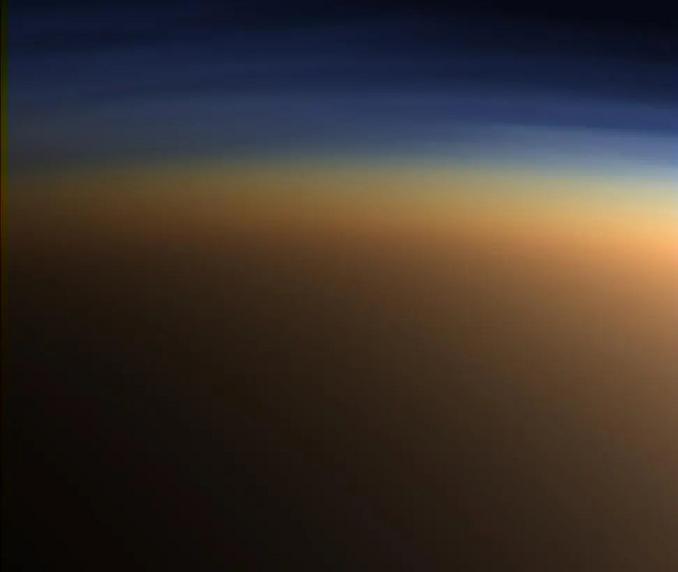What can Titan’s methane-rich atmosphere teach us about finding life beyond Earth? This is what a recent study published in Planetary and Space Science hopes to address as a team of international researchers investigated the photochemistry of Saturn’s largest moon, which is also the only moon in the solar system with a dense atmosphere, to ascertain if the moon’s methane-rich atmosphere can support life. This study holds the potential to help researchers better understand the conditions necessary for life to emerge, along with where to search for it beyond Earth.
“Titan’s atmosphere works like a planetary-sized chemical reactor, producing many complex carbon-based molecules,” said Rafael Rianço-Silva, who is a master’s degree student at the University of Lisbon and lead author of the study. “Of all the atmospheres we know in the Solar System, the atmosphere of Titan is the most similar to the one we think existed on the early Earth.”
For the study, the team used the European Southern Observatory’s Very Large Telescope Ultraviolet and Visual Echelle Spectrograph (VLT-UVES) to conduct high resolution analyses of Titan’s hazy and methane-rich atmosphere. Using this data, the team identified possible traces of the tricarbon molecule (C3), which is known for being a building block for the development of complex molecules and has been previously identified in cometary comas and interstellar clouds, the latter of which was found using VLT-UVES. If confirmed, Titan will be the first planetary body to possess tricarbon either in its atmosphere or on its surface.
